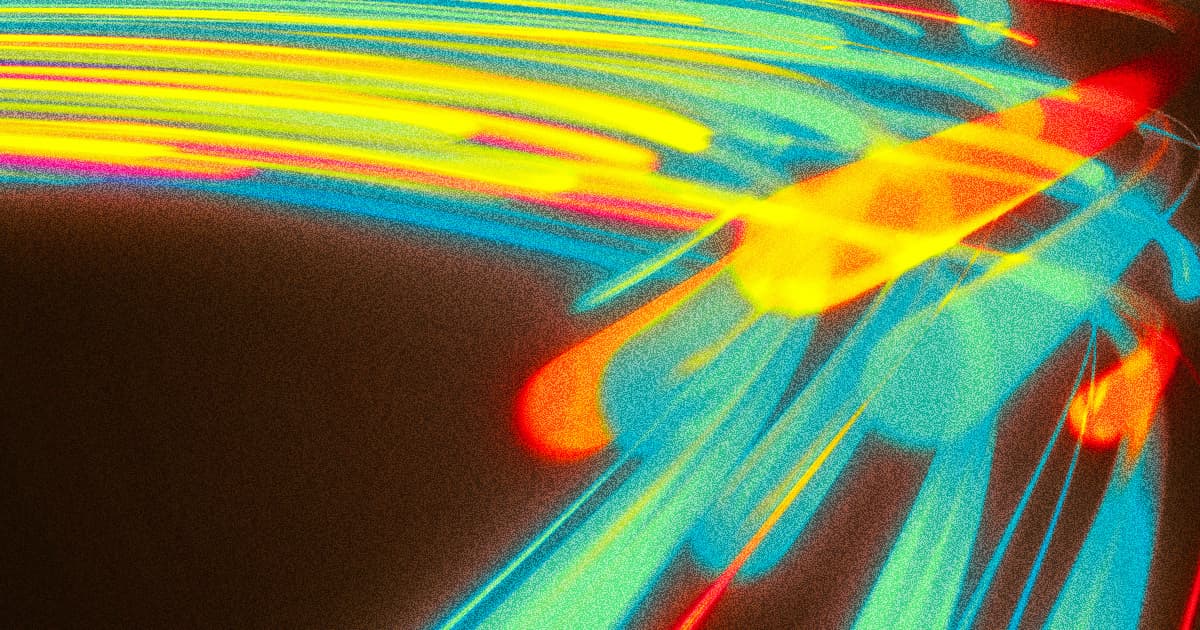It could be what makes up dark matter.
Dark Secrets
New research suggests that the universe is filled with particles capable of traveling faster than light, LiveScience reports — and that this scenario holds up as a potentially "viable alternative" to our current cosmological model.
The idea is a little far-fetched, sure, but it's worth hearing out. These hypothetical particles, known as tachyons, aren't likely to be real — but they're not some hokey bit of sci-fi, either. The potential for their existence is something physicists have been giving serious thought for decades, raising fundamental questions about the nature of causality.
As detailed in a yet-to-be-peer-reviewed study, the researchers posit that tachyons are what make up dark matter, an unobservable — and despite being widely considered to exist by scientists, technically hypothetical — substance that is thought to account for around 85 percent of all matter in the universe.
Because we can only see dark matter's substantial gravitational influence, we don't know what it actually is, leaving the door open to all kinds of possibilities that are worth considering.
Growing Problem
As it turns out, a tachyon-filled cosmos does a good job of explaining the universe's ongoing expansion, according to the researchers.
In the standard cosmological model, the existence of so-called dark energy is used to explain the expansion of the universe. Also unobservable, dark energy is thought to dwarf even dark matter, accounting for up to 70 percent of the entire universe.
Without it, the sheer gravity of all the mass in the universe would eventually slow down its expansion. Instead, scientists have observed the rate of expansion is actually accelerating — driven by, it's hypothesized, dark energy.
But if tachyons are real and pervade the universe as dark matter, they could also potentially explain this acceleration. The researchers found that, in such a scenario, tachyonic dark matter would initially decelerate the universe's expansion, before reversing and causing it to accelerate like we see now. They call this an "inflected" expansion.
Imperfect Match
So far, their evidence to support this comes from observations of Type Ia supernovae, a type of supernova — in which a dying star collapses and explodes — caused in certain types of binary star systems.
These distinct supernovae serve as standard candles, cosmic objects with a known luminosity that allow astronomers to use as a reference point to calculate distances in space. It was by using Type Ia supernovae as standard candles, in fact, that scientists first confirmed that the expansion of the universe was accelerating.
When the researchers compared their tachyonic model to sample data from the Type Ia supernovae, they found that the two are "comfortably consistent with one another."
Of course, this is a very limited application of the model. It raises intriguing possibilities for followup research, sure, but it's a far cry from proving that tachyons actually exist. Nonetheless, it illustrates just how much we have left to learn about the fundamental phenomena that govern the cosmos.
More on cosmology: New Paper Claims Dark Matter Doesn't Exist at All
Share This Article
